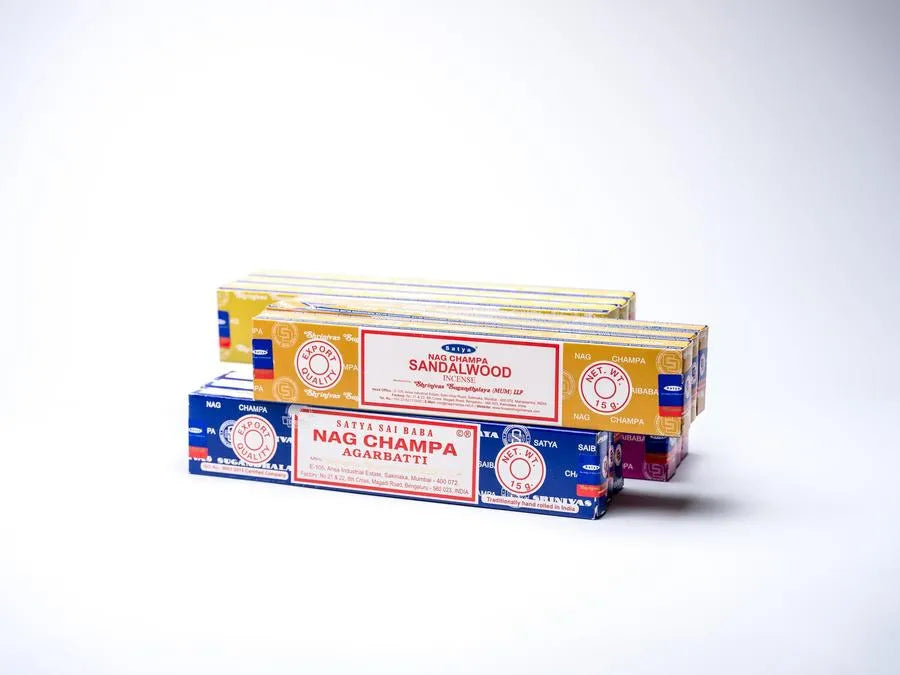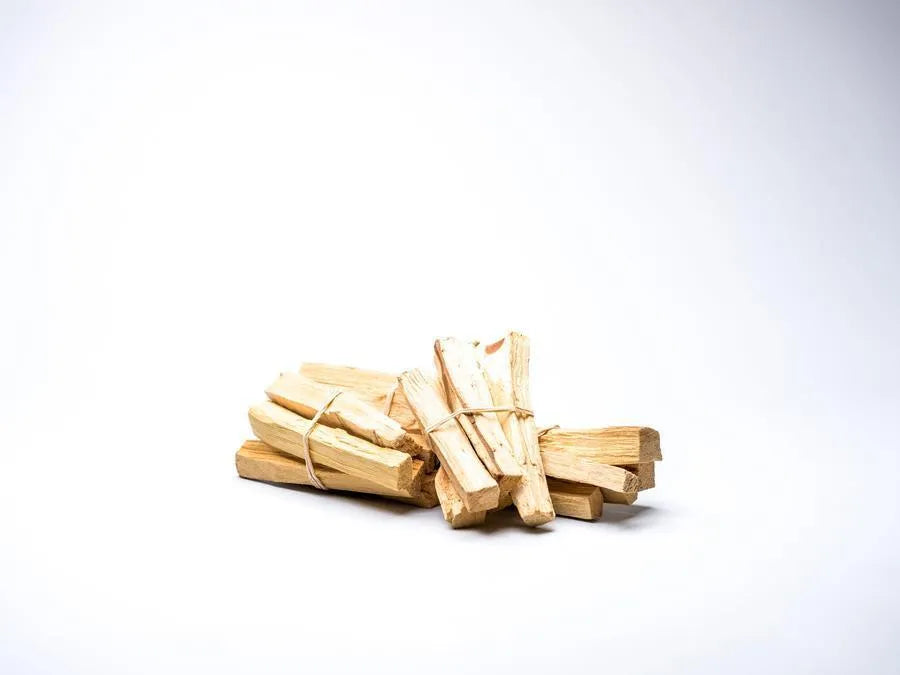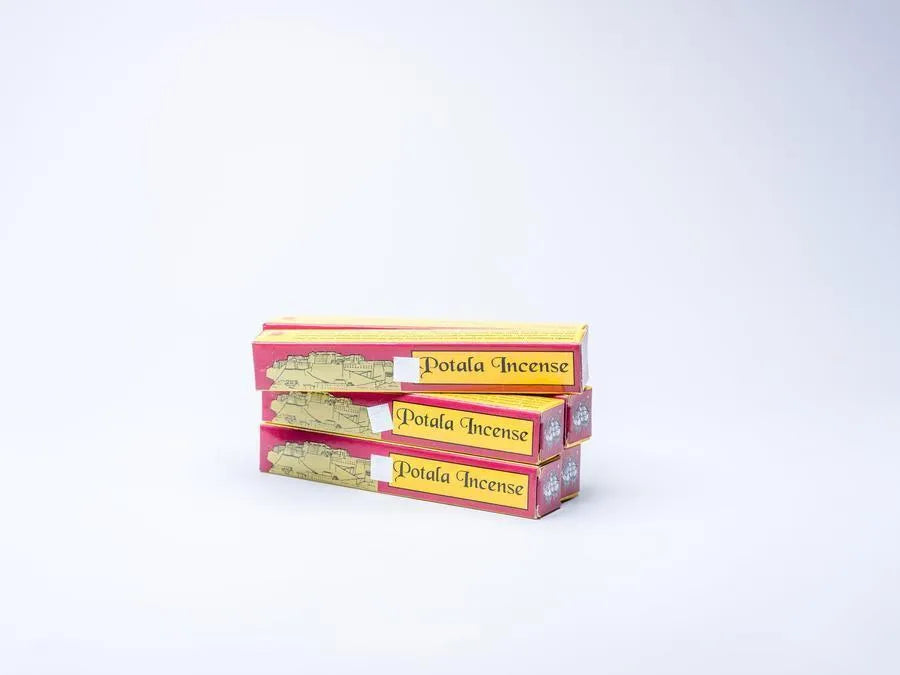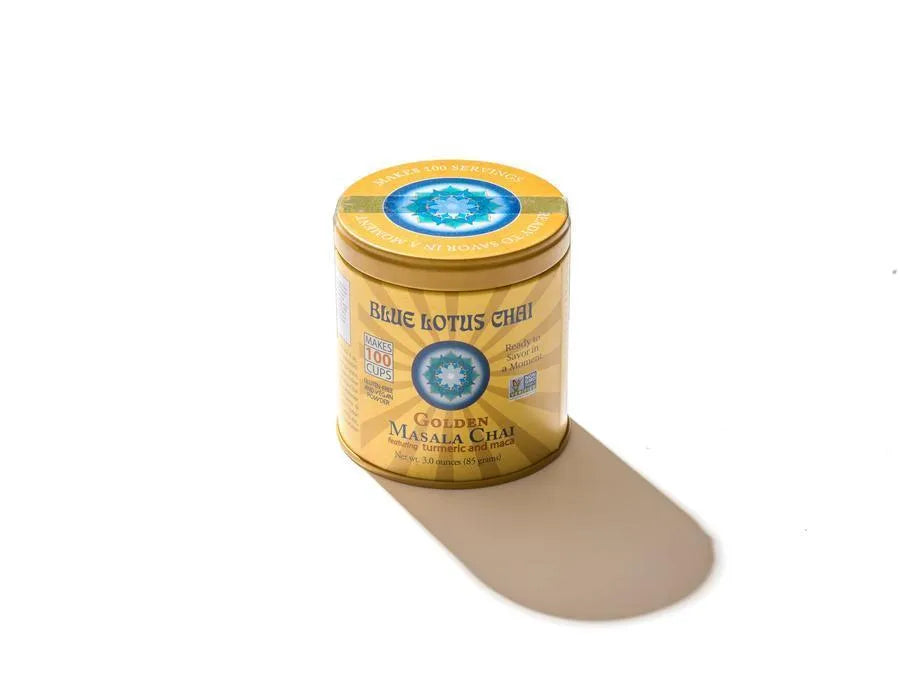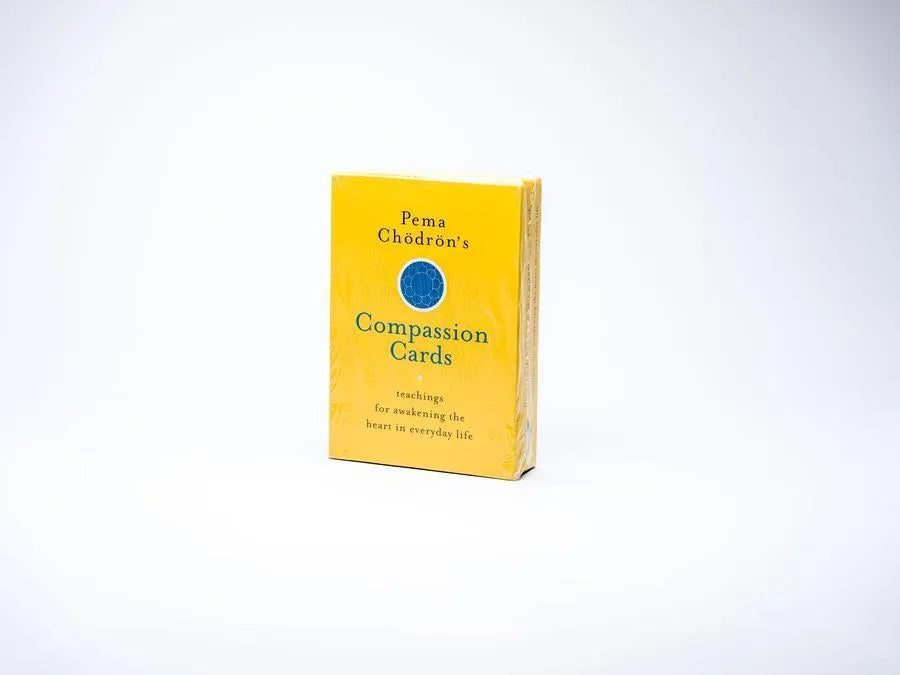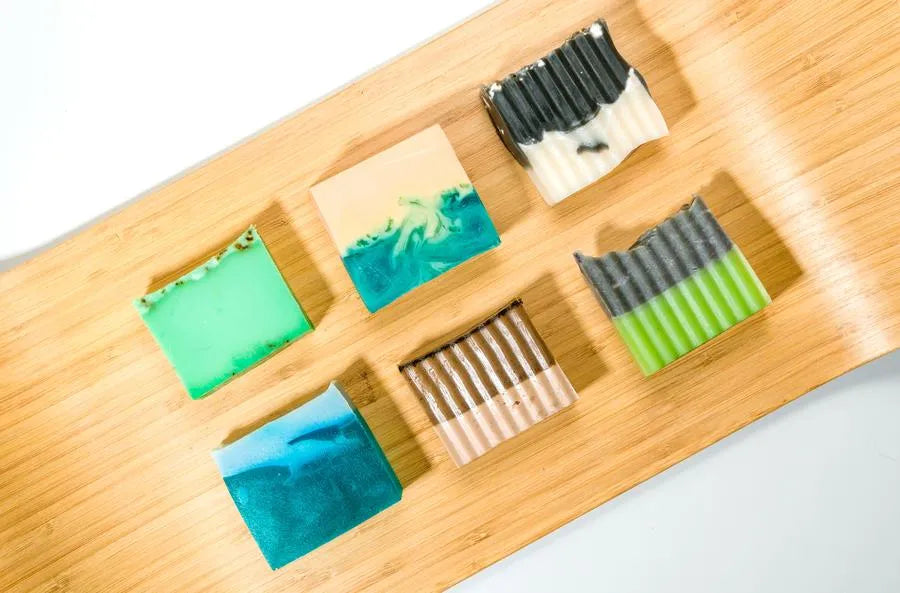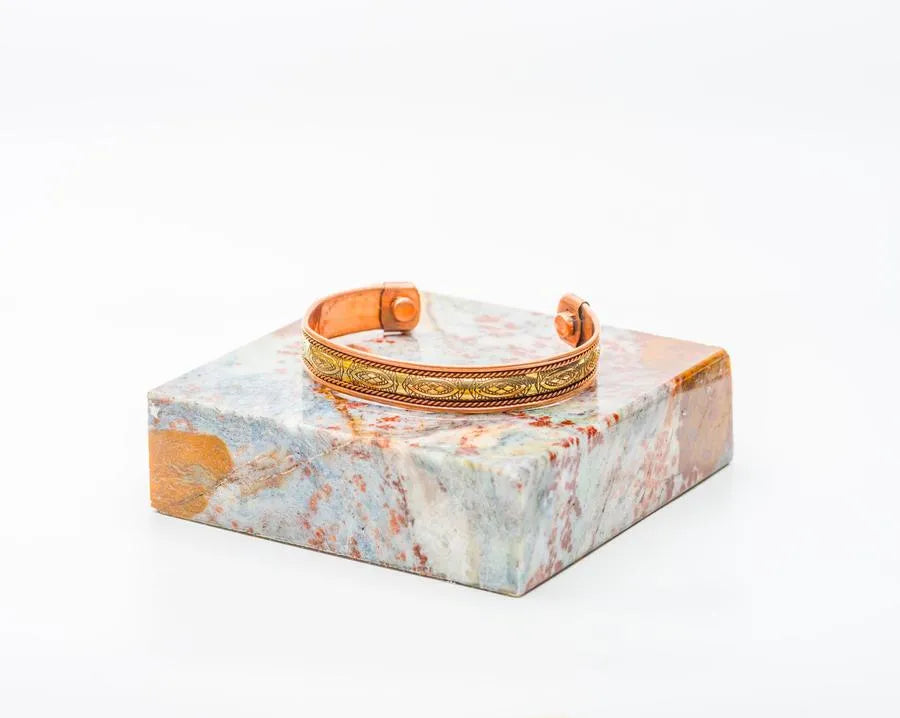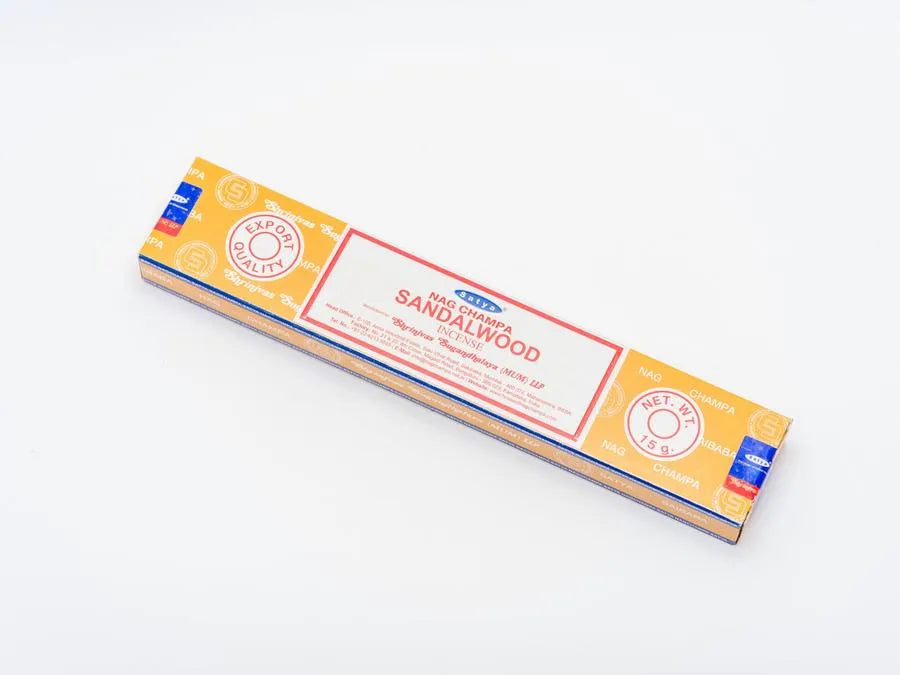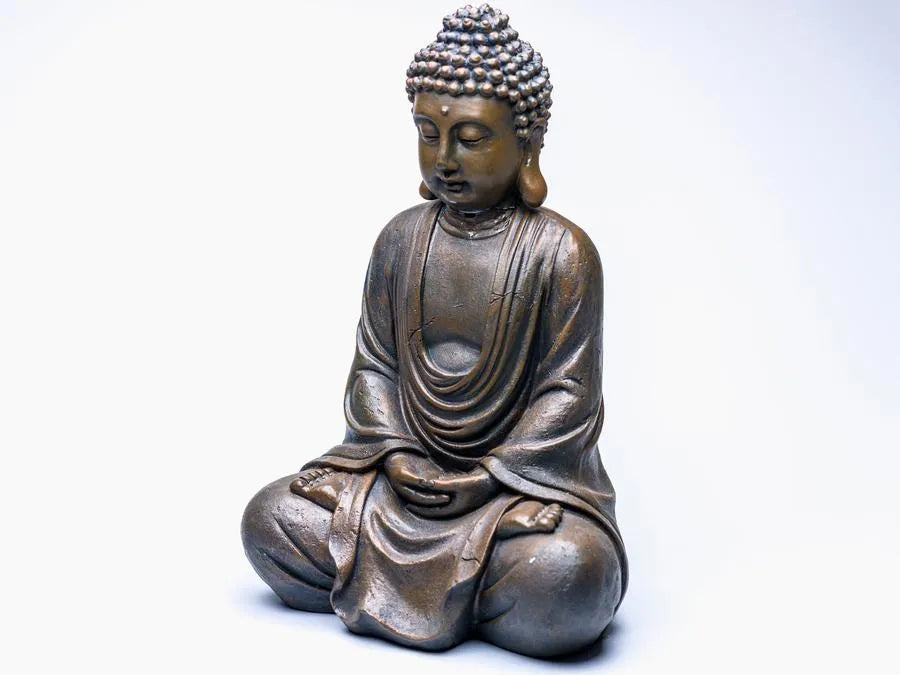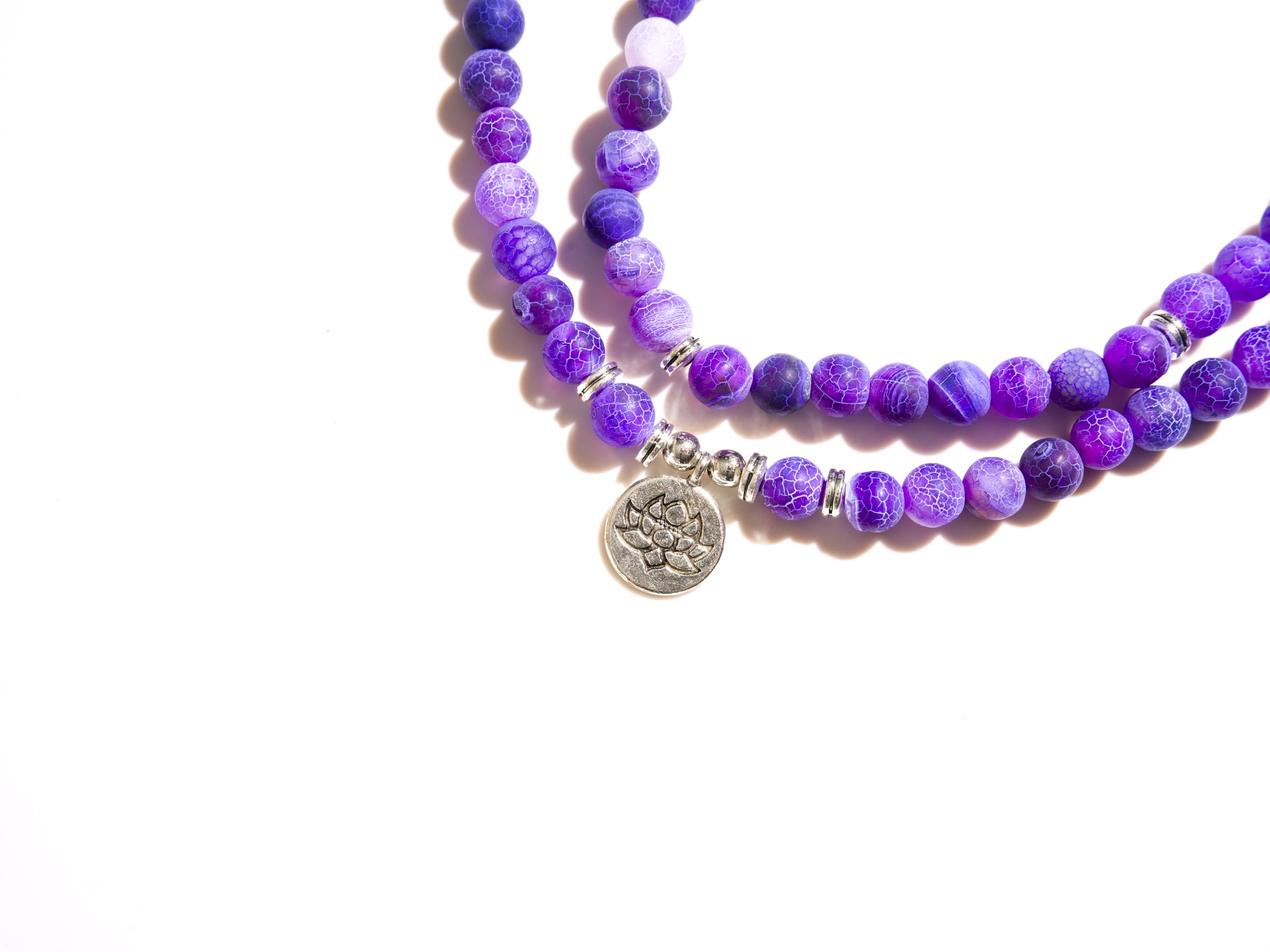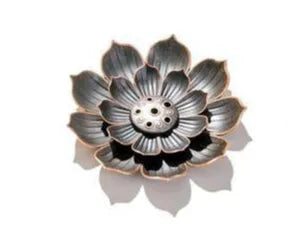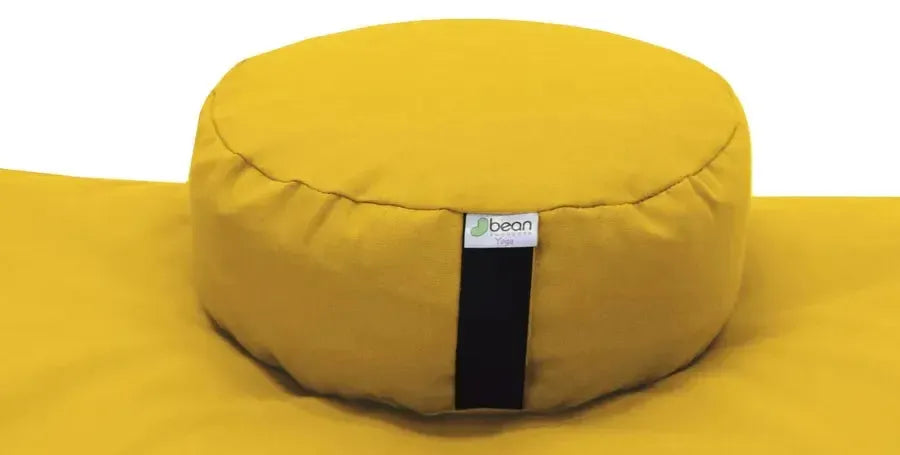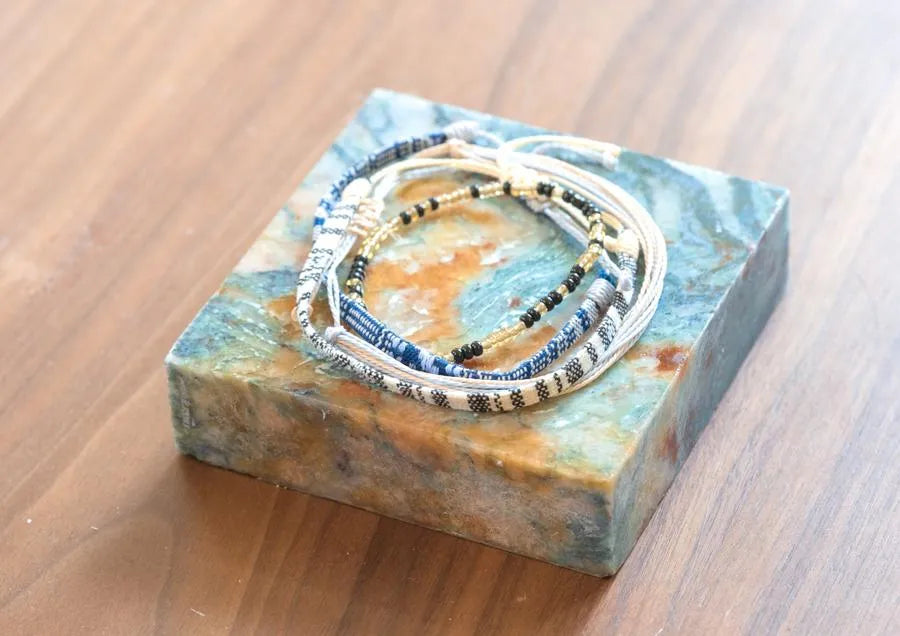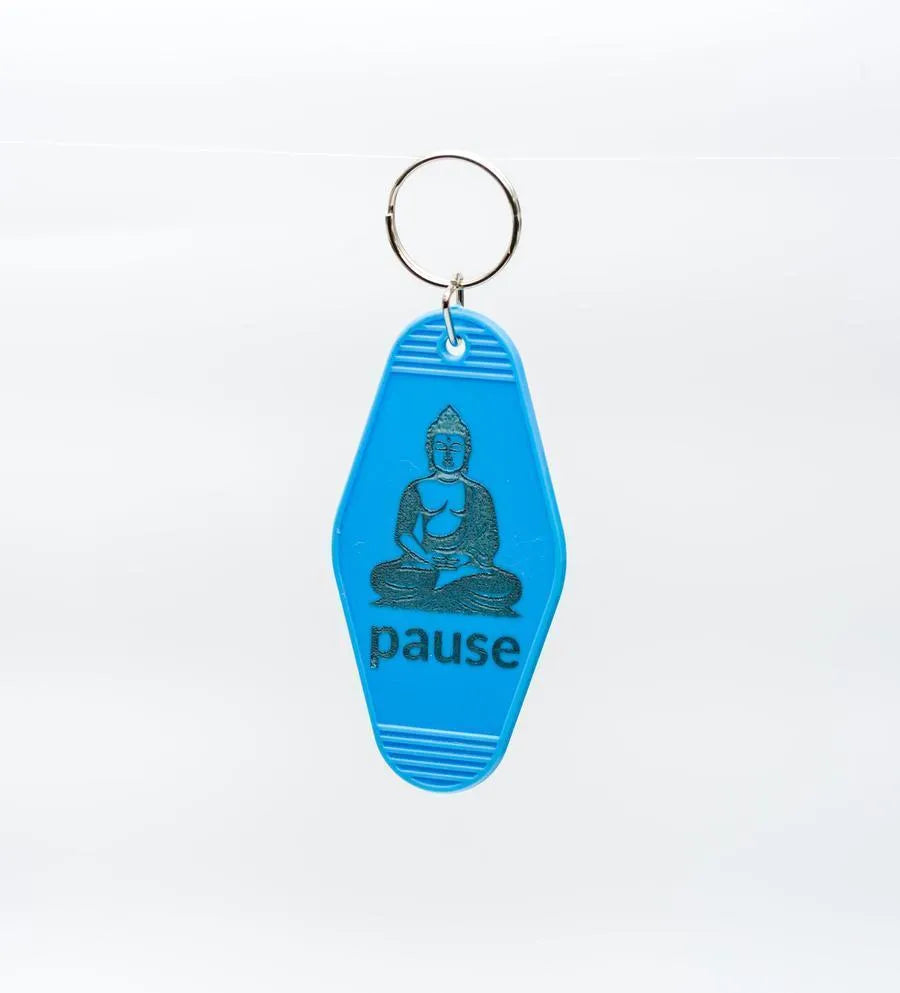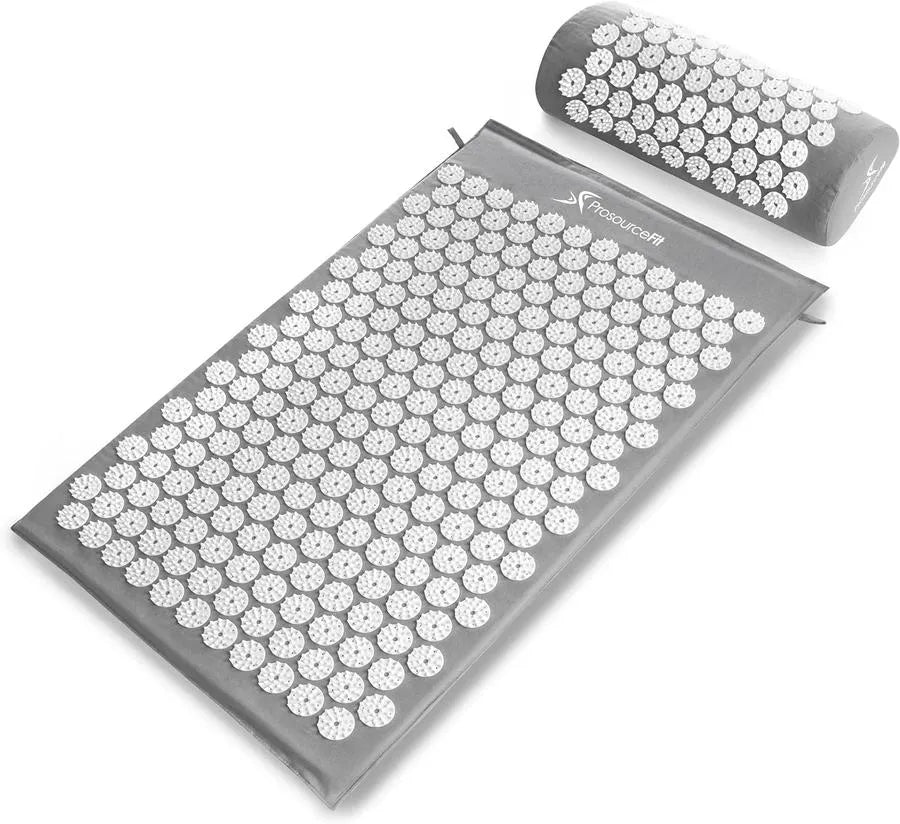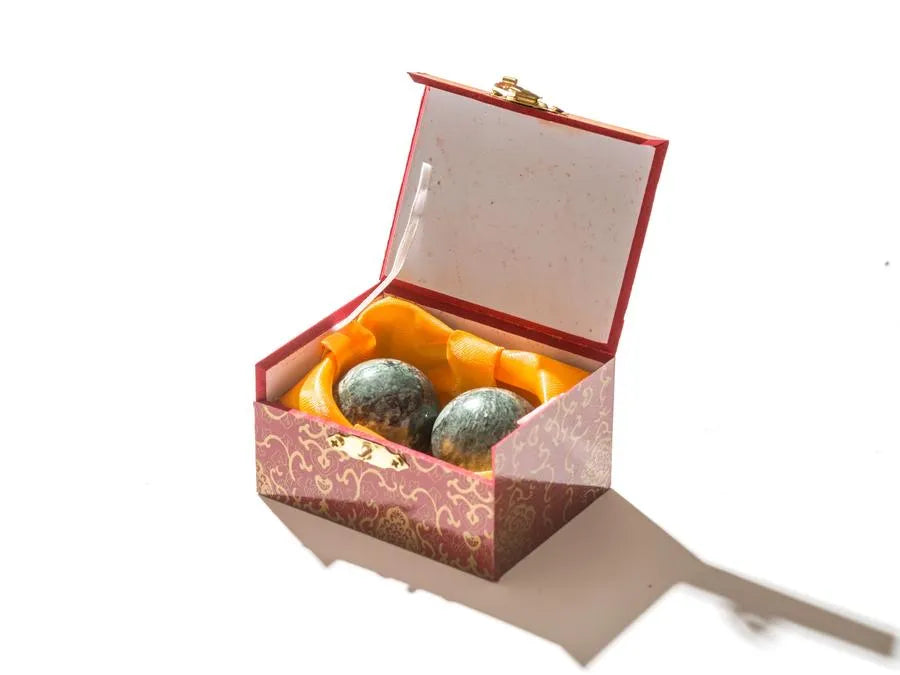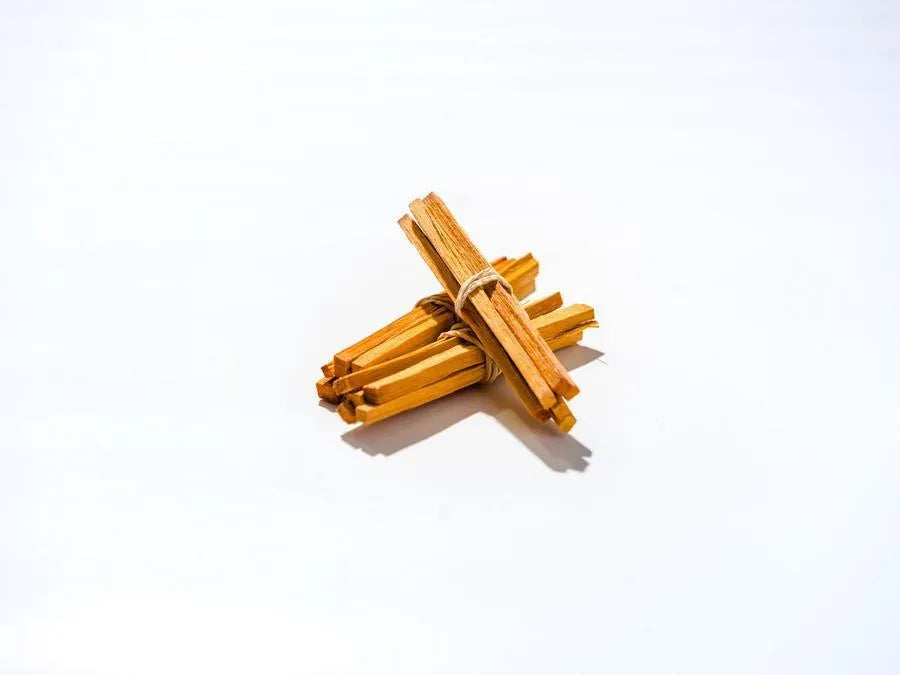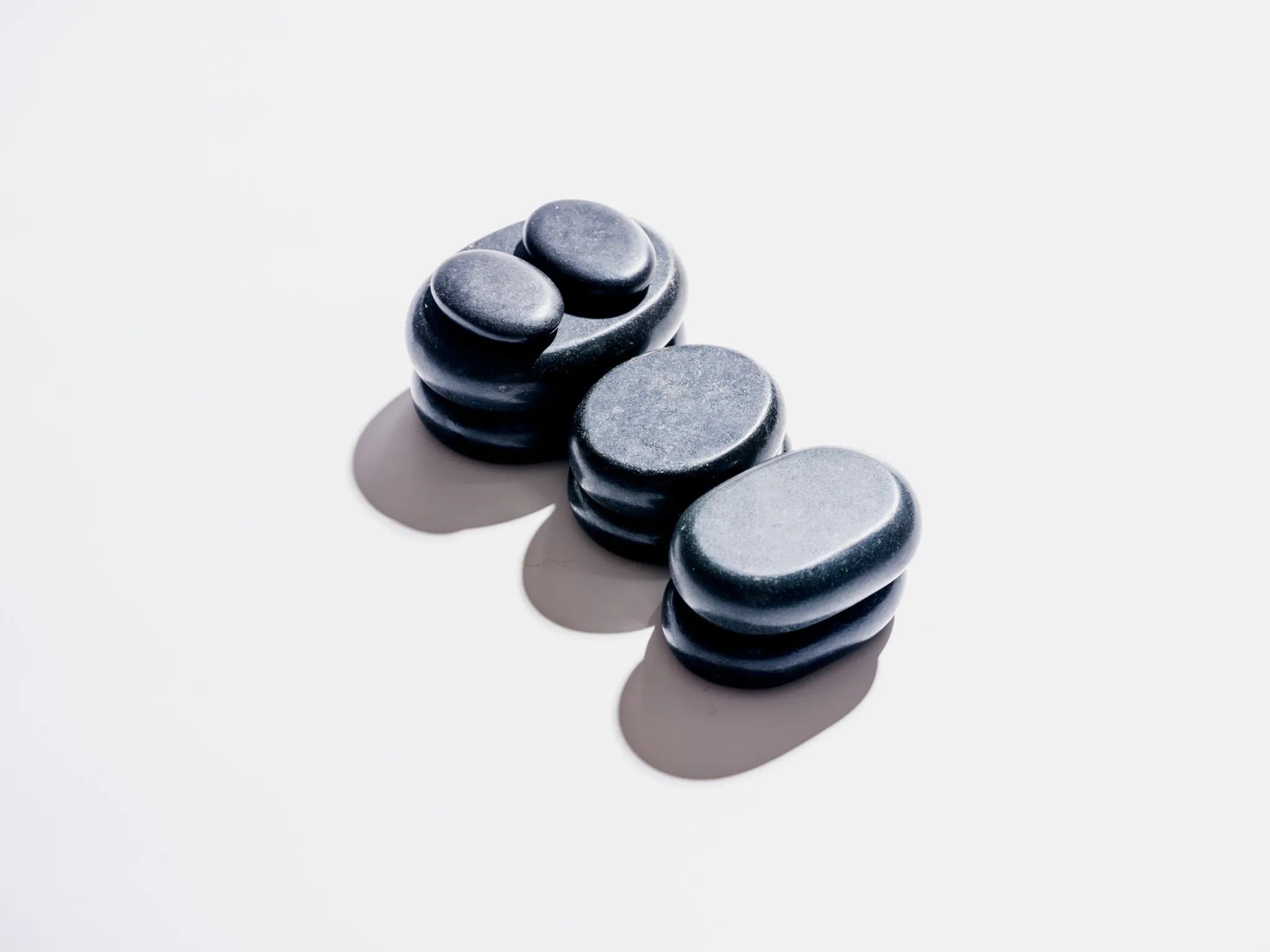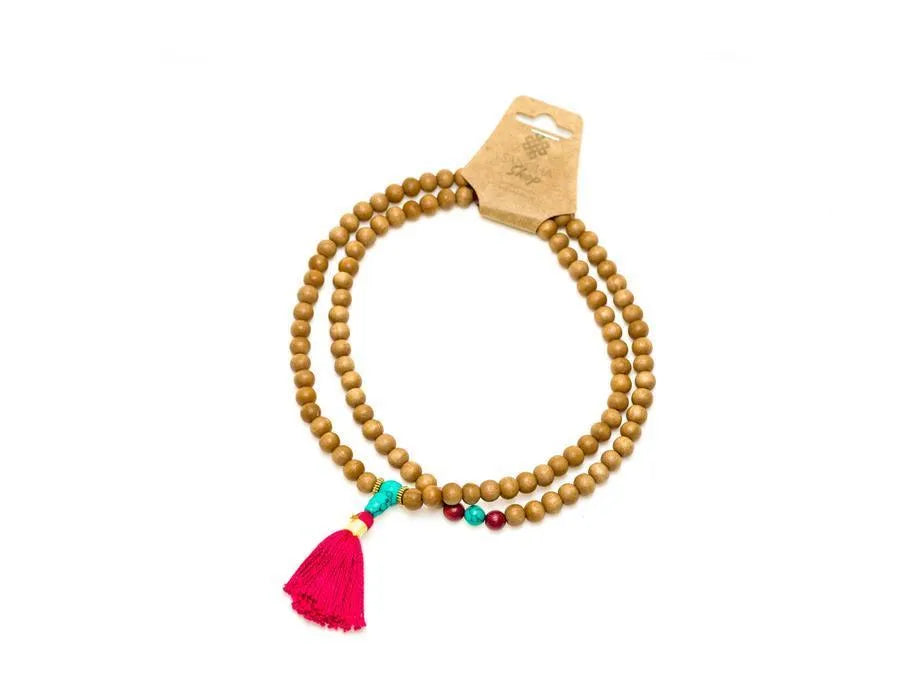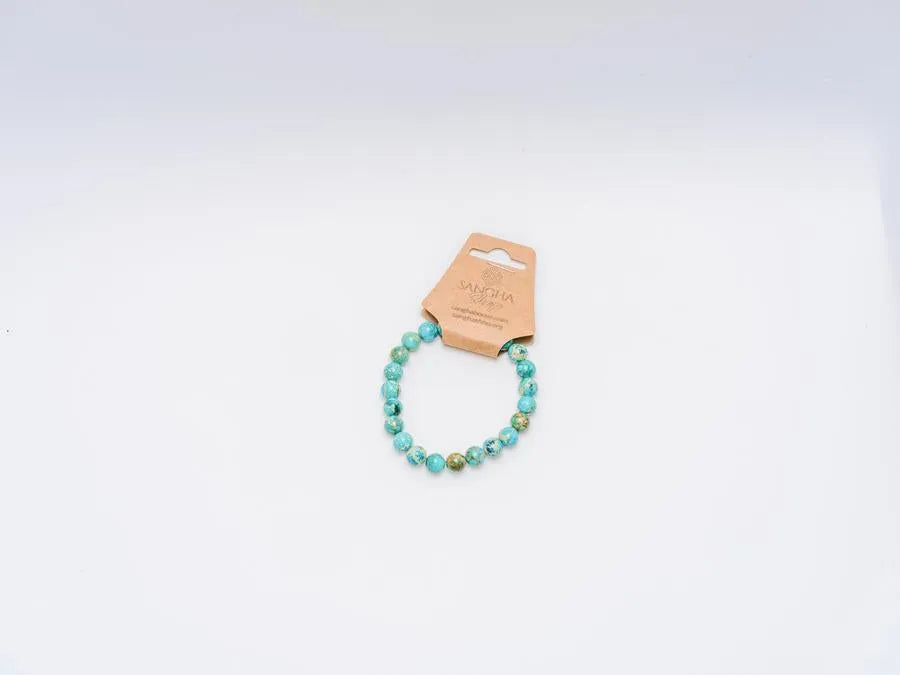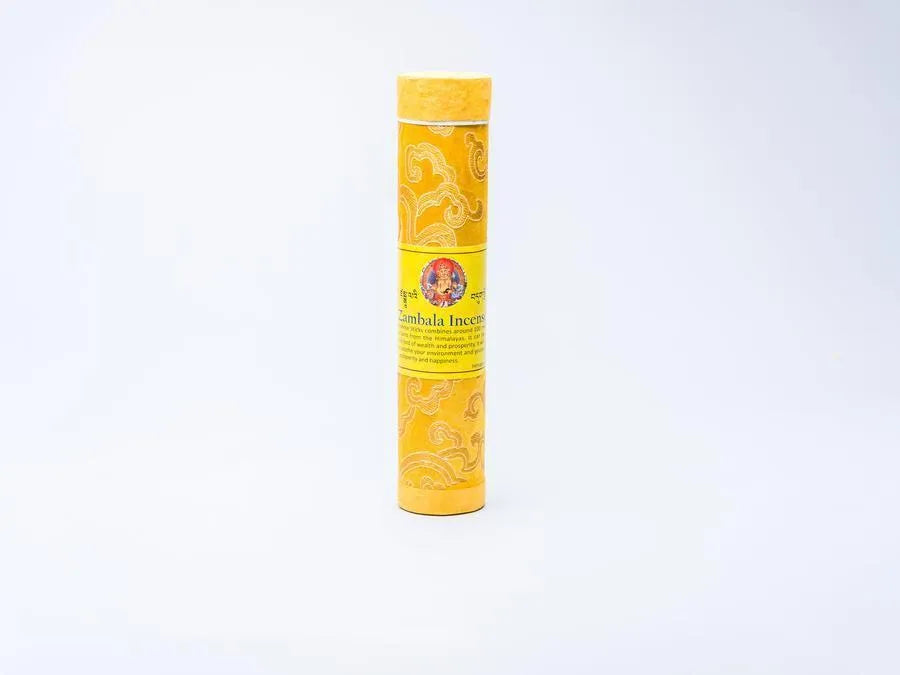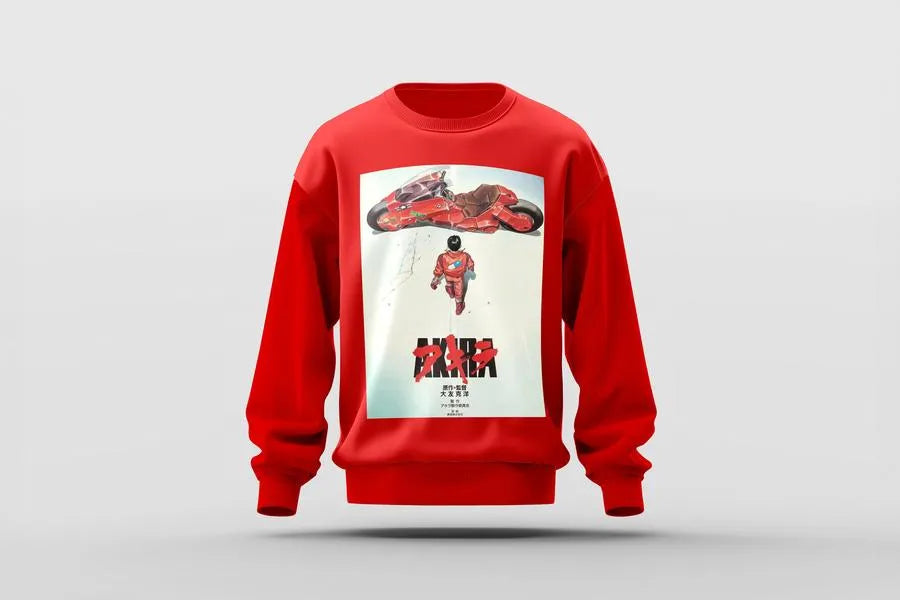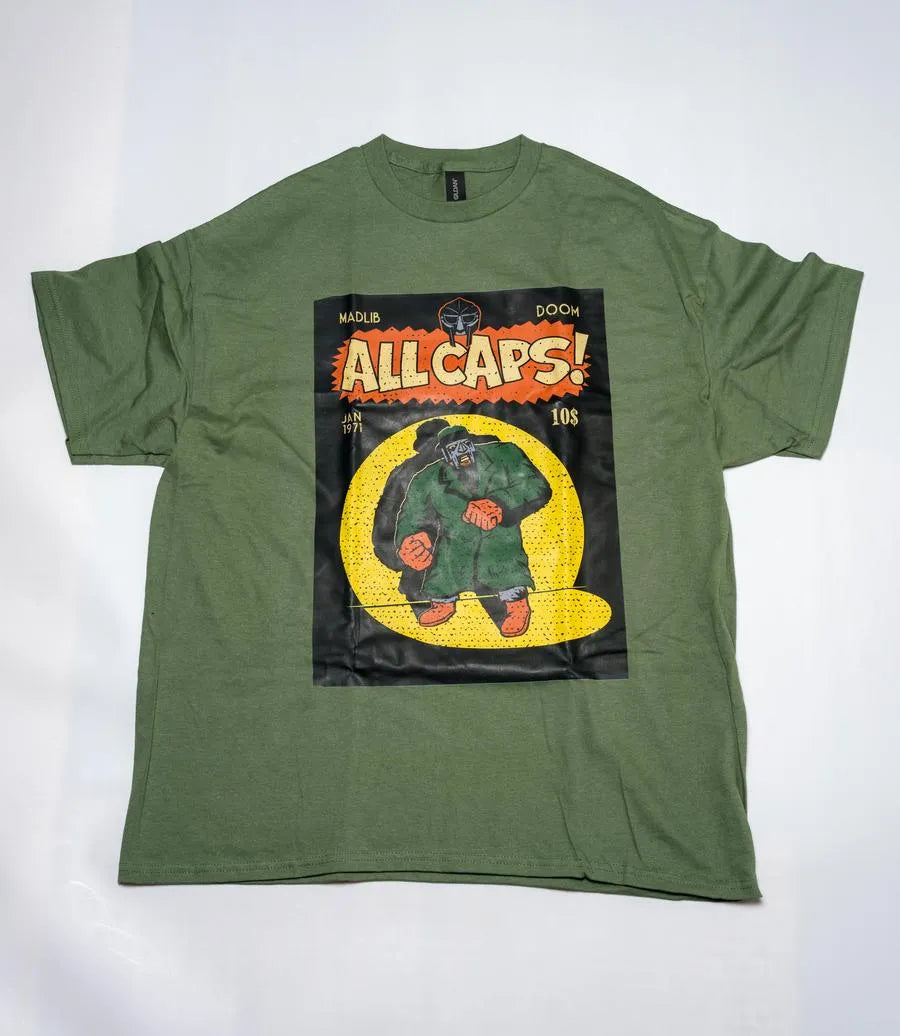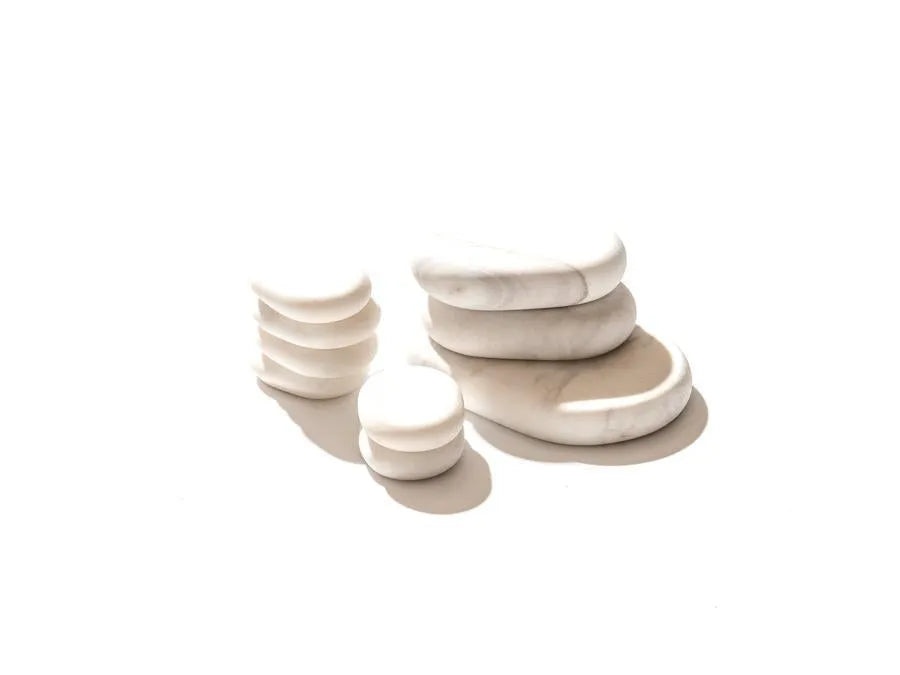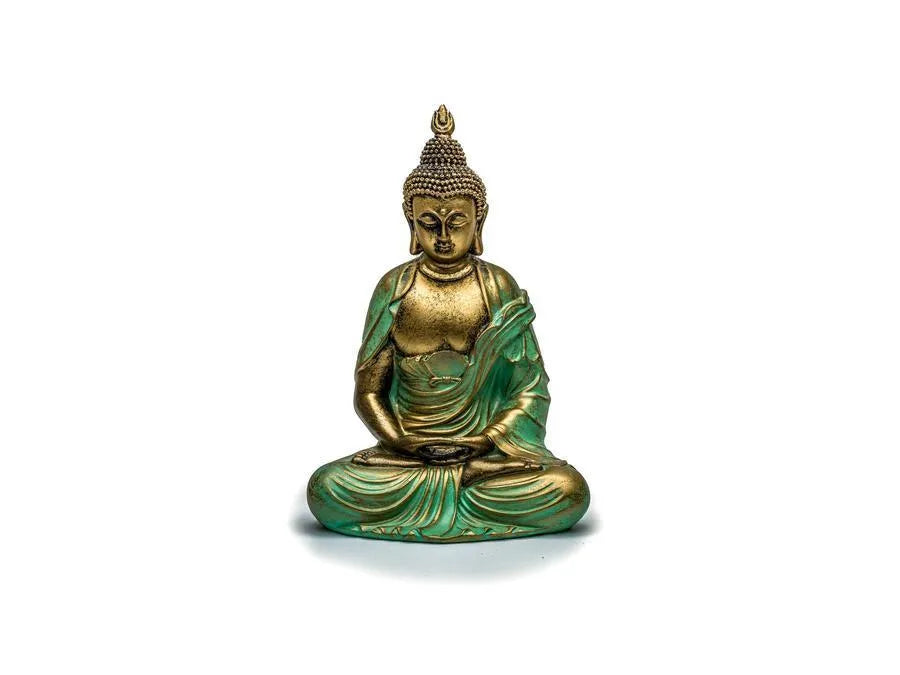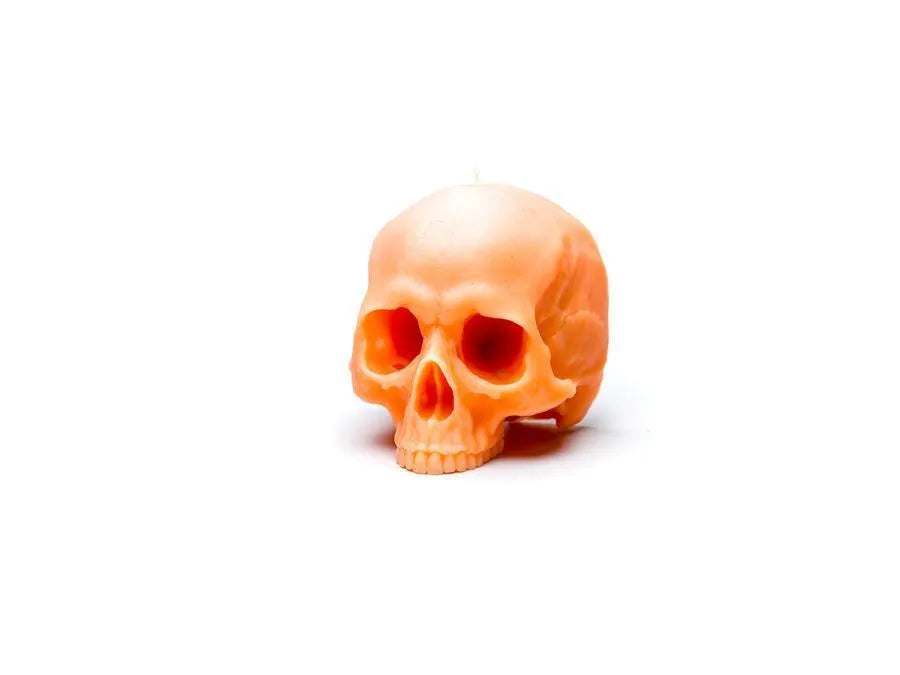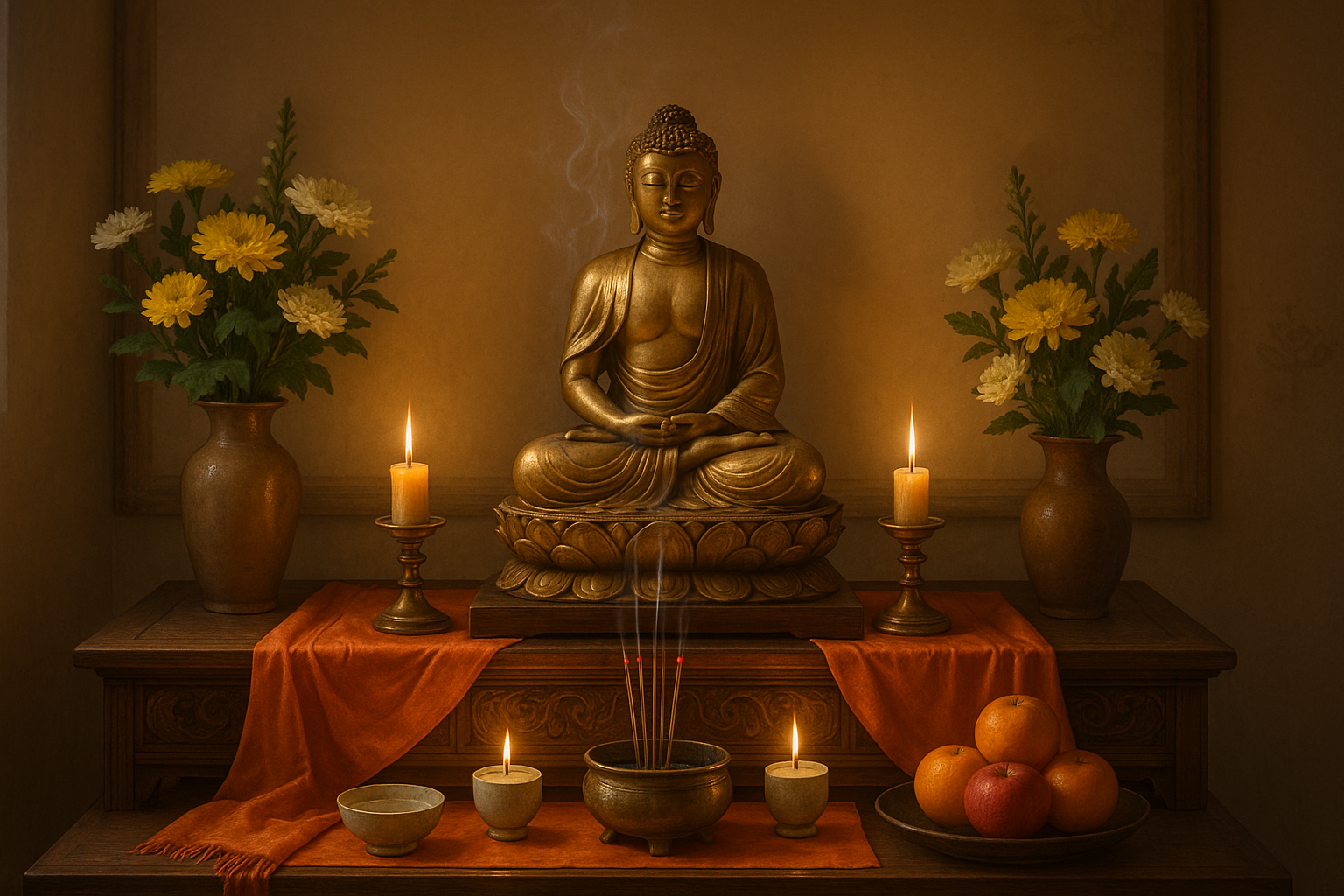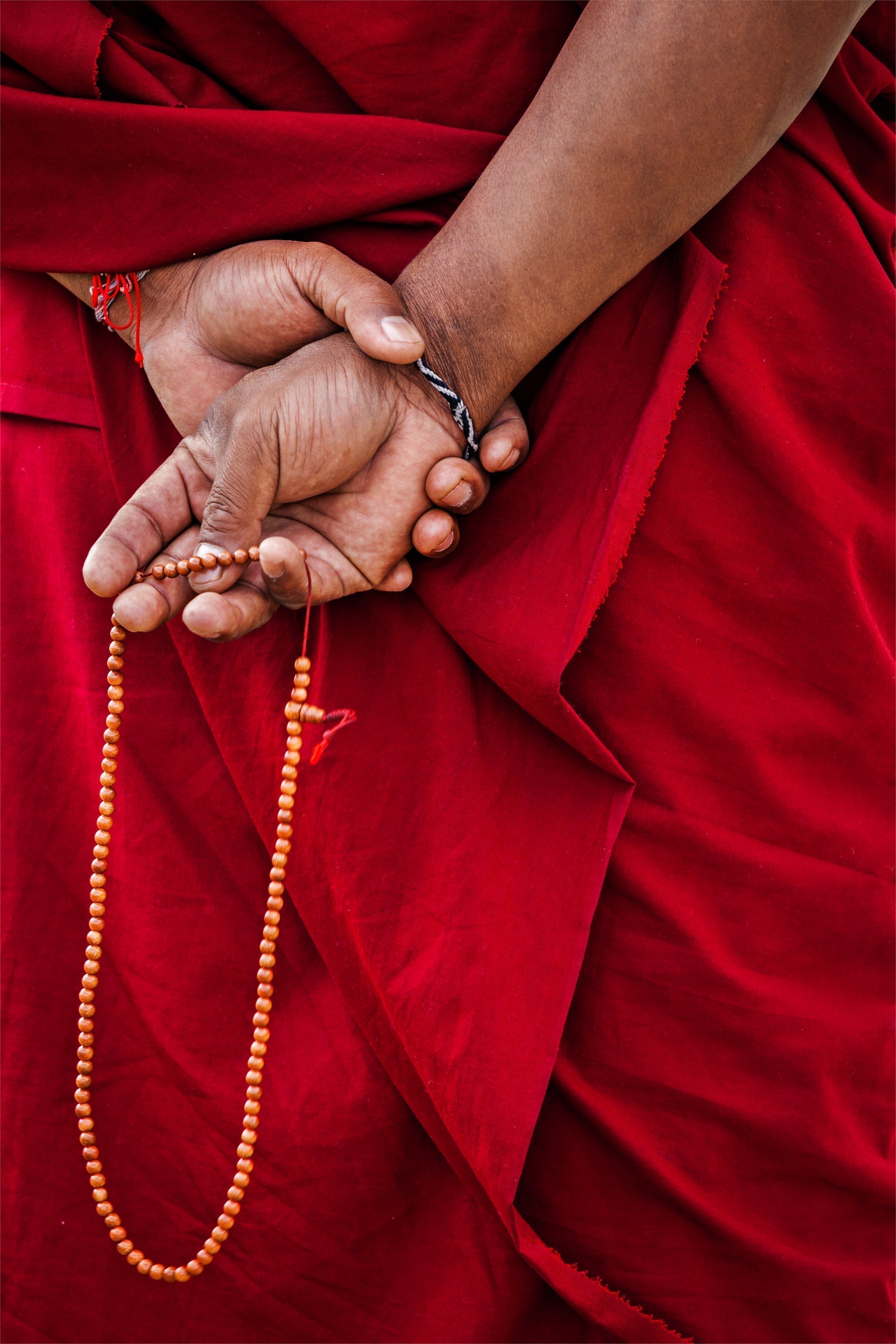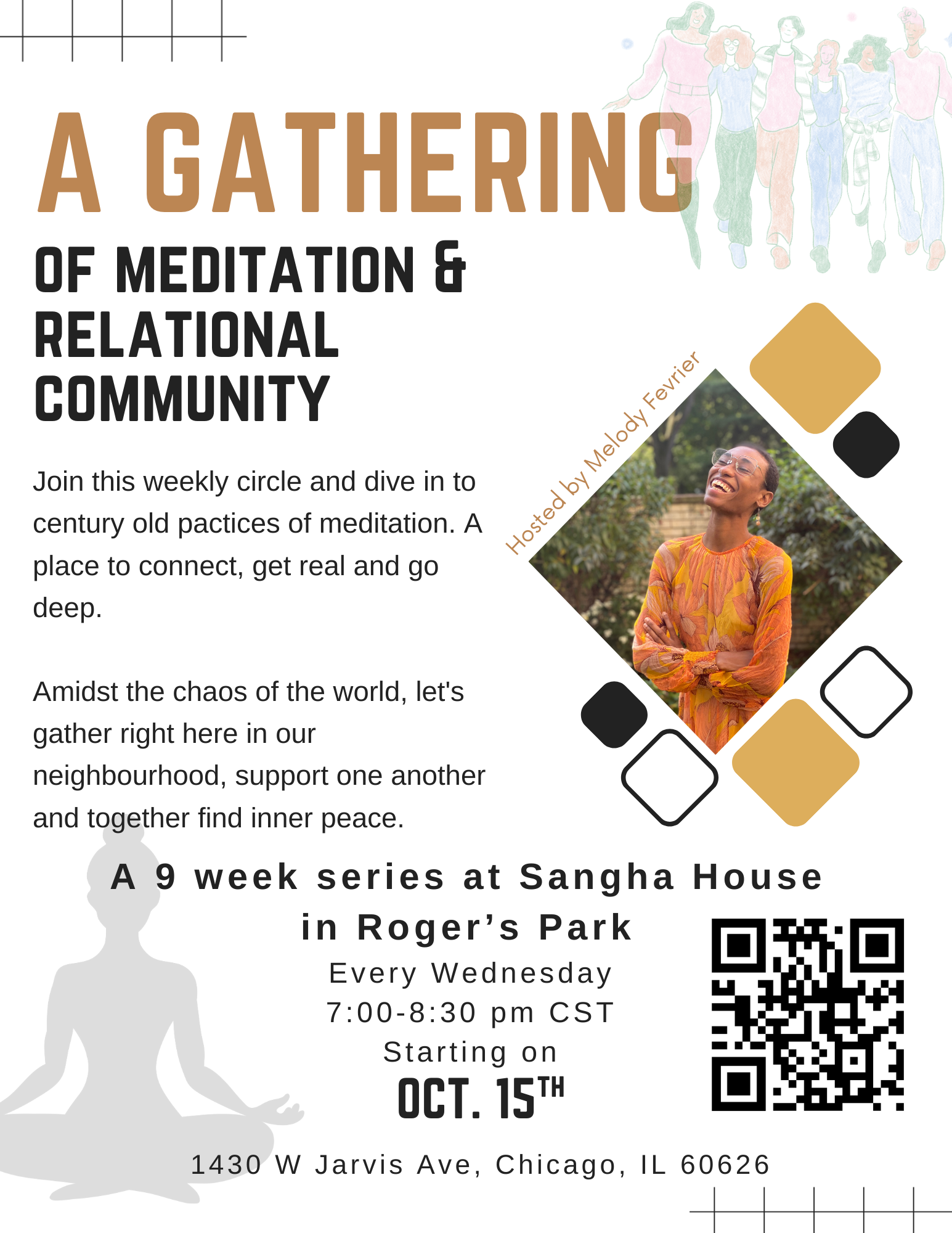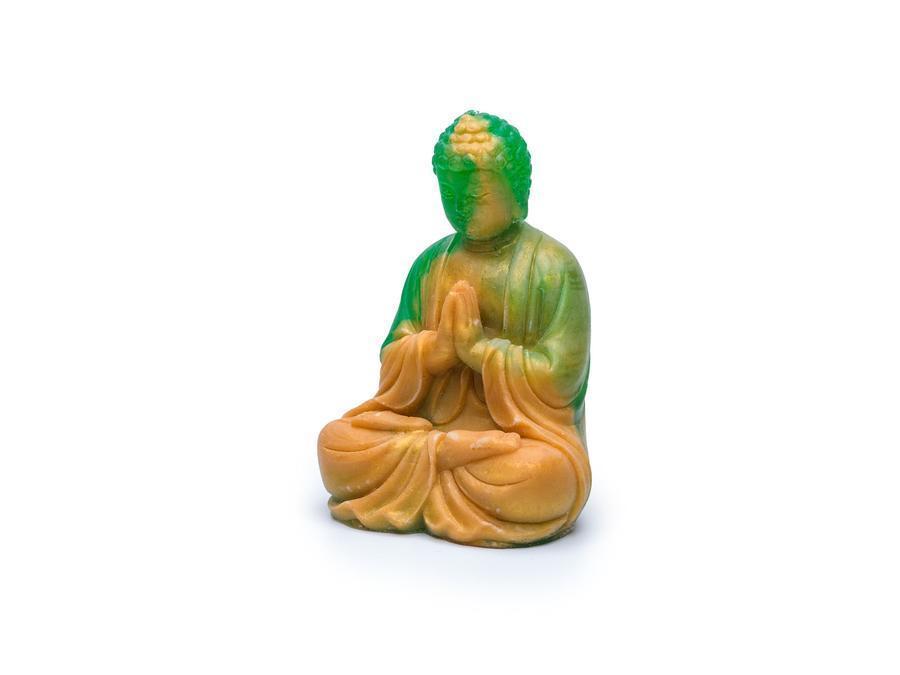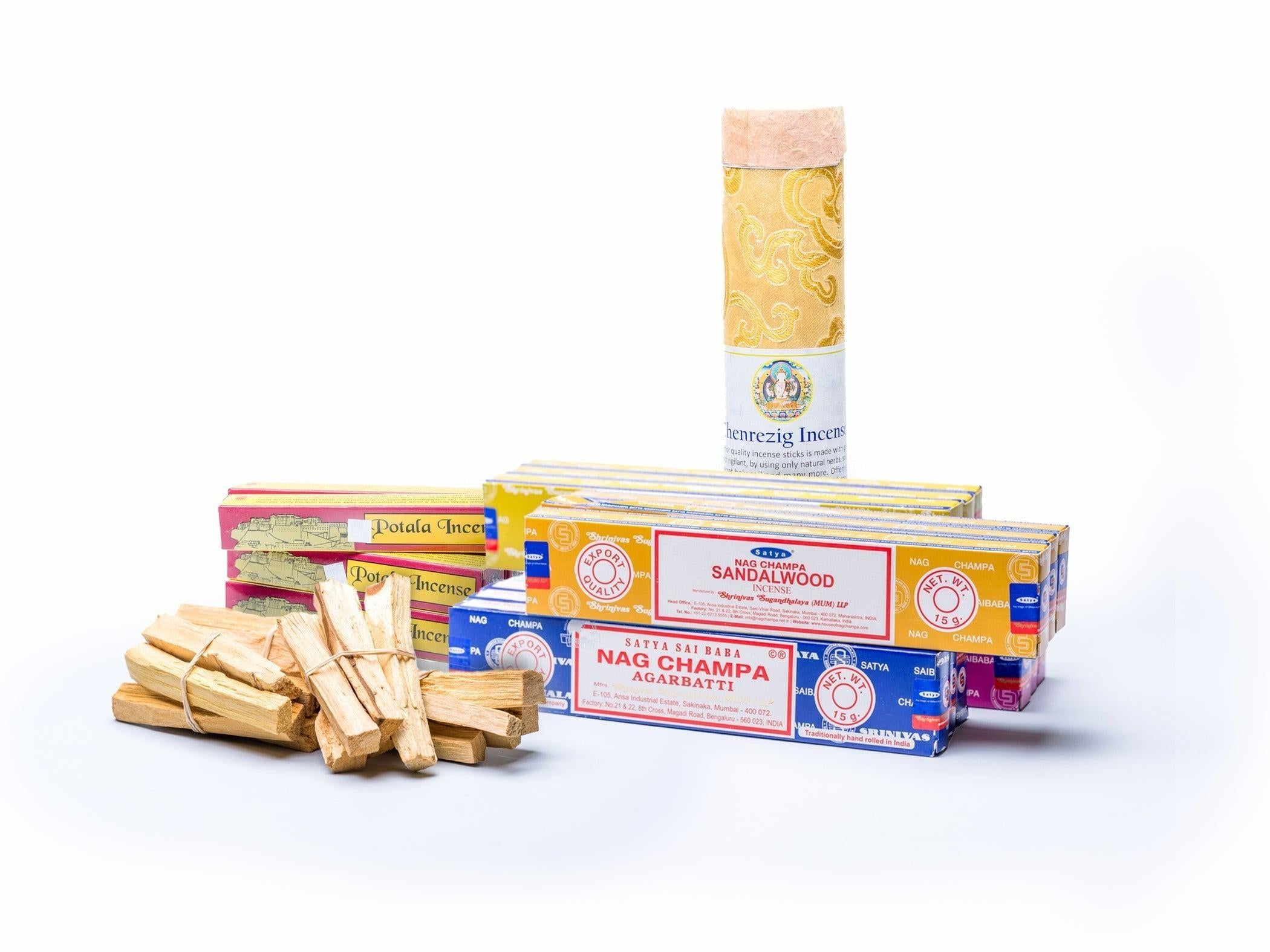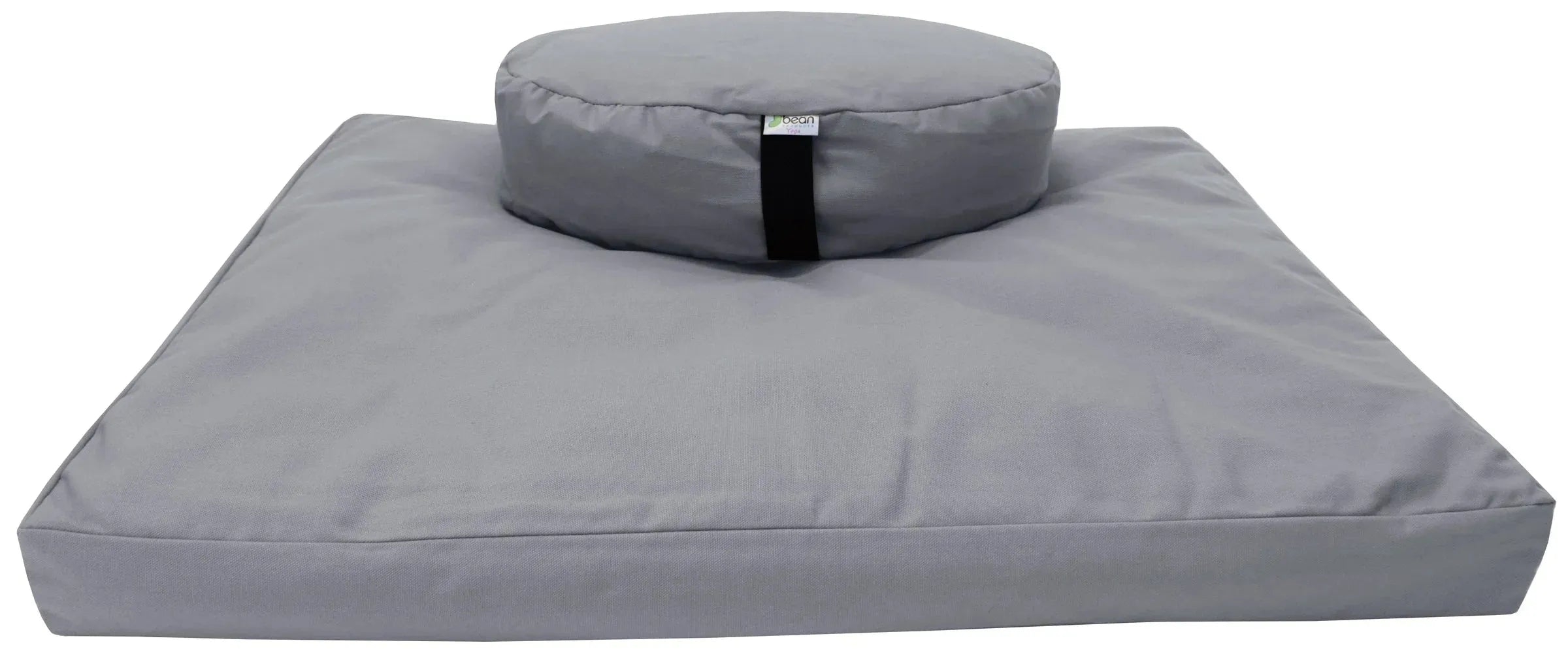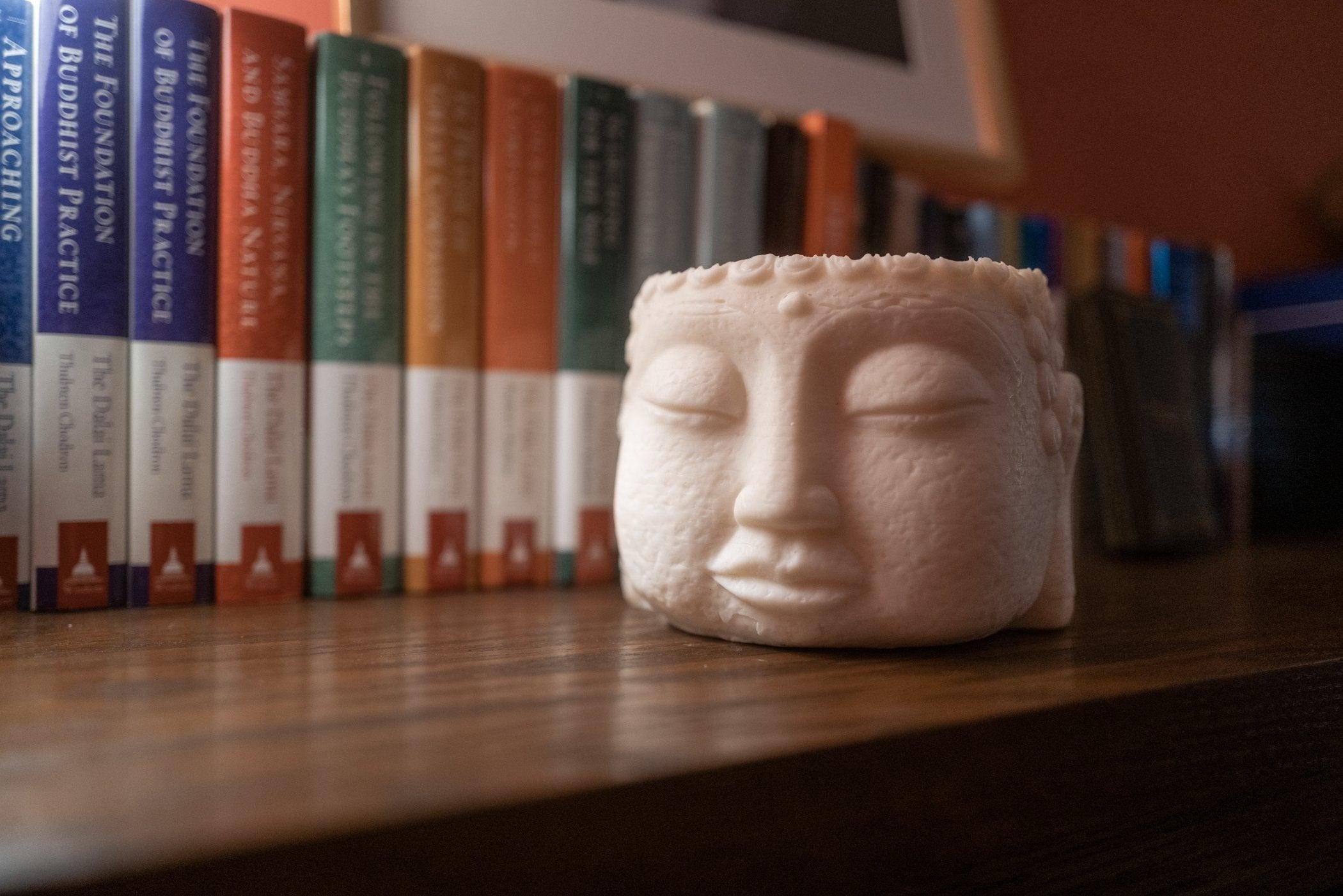Find Your Perfect Meditation Cushion: A Guide to Comfort, Support, and Conscious Living
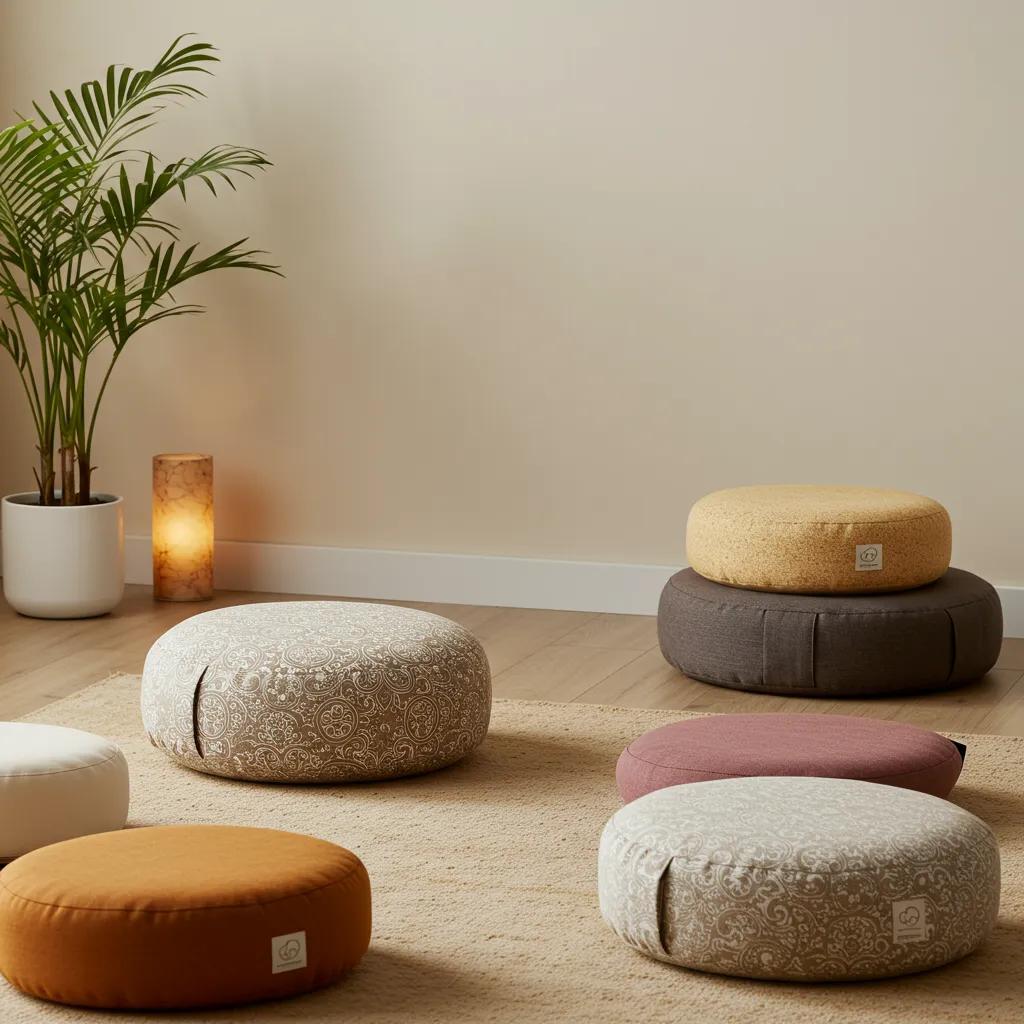
Discover how meditation cushions that blend thoughtful ergonomics with premium materials can elevate your daily practice, fostering deeper focus and lasting comfort. This guide will illuminate the key features to seek in a meditation cushion for ultimate comfort, from the spine-supporting qualities of zafu and zabuton to the airy feel of buckwheat hulls and the gentle embrace of kapok. You'll learn why the right height and firmness are crucial for spinal alignment, how durable covers and easy portability enhance your practice, and how every purchase from Sangha Shop directly supports Sangha House's transformative addiction recovery and wellness initiatives. By delving into cushion types, fill materials, ergonomic principles, practical design elements, and community impact, this comprehensive guide paves the way for a more mindful and supported life.
Why is Comfort So Crucial for Your Meditation Cushion?
Meditation cushions offer a stable foundation that minimizes physical strain, allowing for uninterrupted concentration. Discomfort can disrupt your breath and lead to frequent shifts, breaking your meditative flow and hindering sustained mindfulness. For instance, a cushion that keeps your hips elevated without sinking ensures your spine remains aligned, promoting relaxed breathing and mental clarity. When your cushion reliably supports your posture, you'll experience fewer aches, sharper focus, and a stronger mind-body connection, laying the groundwork for profound meditative benefits.
How Does Cushion Comfort Influence Your Meditation Practice and Focus?
The comfort of your cushion directly impacts how long and how deeply you can meditate by maintaining an even hip-to-knee alignment, which prevents lower back fatigue. A well-crafted cushion molds to your body, reducing pressure points and preserving your energy for mental awareness. When your hips are slightly elevated and your pelvis tilts forward, your spine naturally adopts its S-curve, facilitating optimal diaphragmatic breathing and unwavering focus. This ergonomic posture not only enhances physical ease but also deepens your meditative absorption through steady breath and a relaxed nervous system.
What Are the Advantages of Using a Comfortable Meditation Cushion?
A comfortable meditation cushion empowers you to sit for extended periods with minimal discomfort, fostering consistency and growth in your mindfulness practice. Longer sessions encourage deeper states of awareness, alleviate recurring discomfort in your knees and hips, and support mental endurance by keeping your body stable. Improved circulation around your pelvis and thighs from supportive padding diminishes numbness and enhances energy flow, making each meditation session more rewarding. As physical ease sharpens your concentration, the cushion becomes a powerful tool for steady practice and ongoing spiritual development.
How Does Proper Cushion Support Enhance Your Mindfulness and Well-being?
Proper cushion support harmonizes your spine and hips, calming your nervous system and encouraging parasympathetic activation for stress reduction. By elevating your hips above your knees, cushions relieve tension in your lower back and minimize muscular compensation, allowing you to maintain alert relaxation. Consistent ergonomic support cultivates a balanced posture that translates into mindful presence and emotional resilience, both on and off the cushion. This profound mind-body synergy is the cornerstone of a truly mindful life.
What Are the Primary Types of Meditation Cushions and Their Ergonomic Advantages?

Meditation cushions come in a variety of forms, each meticulously designed to support specific postural needs and sitting preferences. Identifying the right type involves matching the cushion's geometry to your body mechanics and preferred meditation style. Traditional zafu cushions elevate your hips for cross-legged postures, while zabuton mats provide a soft base to protect your knees and ankles. Bolsters and wedge cushions offer tailored support for kneeling or seiza positions, effectively reducing joint pressure. Understanding these ergonomic distinctions is key to selecting a cushion that enhances your stability and promotes proper spinal alignment.
What is a Zafu Cushion and How Does it Support Your Posture?
A zafu cushion, typically round or crescent-shaped, elevates your hips to create an open angle between your torso and thighs. By raising your pelvis, the zafu gently tilts your lumbar spine forward, preserving its natural curvature, which is essential for balanced posture. This design prevents slouching and distributes weight evenly across your sit bones, alleviating pressure on your lower back. Variations in firmness allow you to choose a profile that supports long-lasting comfort in cross-legged or lotus positions, fostering uninterrupted focus.
How Does a Zabuton Mat Enhance Meditation Comfort?
A zabuton mat serves as a stable foundation beneath your zafu cushion, providing cushioning for your knees, ankles, and shins to prevent discomfort during extended practice. Its flat, rectangular shape distributes your body weight over a wider area, protecting your joints and reducing stress on your lower limbs. When used with a zafu, the zabuton creates a layered support system that improves balance and prevents sliding. As a base layer, it ensures you can maintain proper alignment without shifting, enabling sustained comfort and deeper concentration.
What are the Benefits of Bolsters and Wedge Cushions for Meditation?
Bolsters and wedge cushions offer alternative support for practitioners who prefer kneeling or a more upright spine in seiza and Burmese postures. A bolster's cylindrical shape elevates the hips and supports the pelvis in a gentle incline, promoting natural spinal curves without compressing the lumbar region. Wedge cushions provide a gradual slope from front to back, tilting the hips forward and aligning the vertebrae. These shapes reduce joint pressure and adapt to different body types, expanding the range of accessible postures for those seeking pain-free meditation.
How Do Different Cushion Shapes Influence Sitting Positions?
Before we list cushion shapes, remember that form follows function: each shape creates unique angles between your hips, knees, and spine.
| Shape Type | Sitting Position | Posture Benefit |
|---|---|---|
| Round Zafu | Cross-legged | Balanced hip elevation |
| Crescent Zafu | Seiza or Burmese | Customizable thigh support |
| Wedge Cushion | Cross-legged or kneeling | Forward hip tilt for spinal alignment |
| Rectangular Zabuton | Resting postures | Even weight distribution for joints |
Each shape optimizes stability and maintains crucial angles that preserve your spinal curves. Understanding these geometry-driven postural effects makes choosing the right cushion shape a precise and rewarding decision.
Which Fill Materials Offer the Best Comfort in Meditation Cushions?
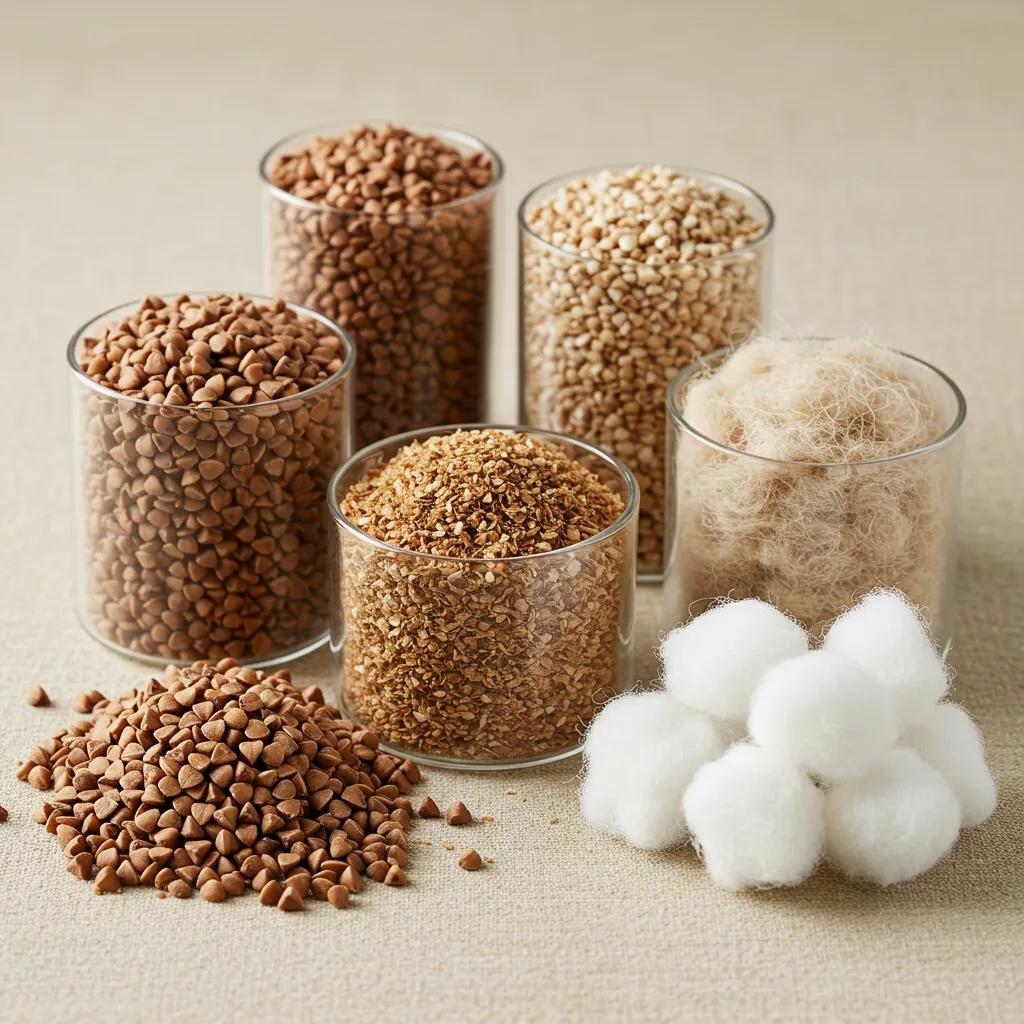
The fill material dictates a cushion's firmness, breathability, and ability to conform to your unique anatomy. Both natural and synthetic options bring distinct advantages: buckwheat hulls offer adjustable density and excellent airflow, kapok fibers provide a plush, airy feel, and cotton or foam offer predictable cushioning. Selecting the ideal fill aligns with your desired level of support, session length, and sensitivity to texture. By comparing material properties, you can choose cushions that sustain comfort throughout years of dedicated practice.
Why are Buckwheat Hulls a Top Choice for Adjustable Firmness and Breathability?
Buckwheat hulls are rigid, interlocking husks that create a stable yet moldable support core under pressure. Their natural spaces allow air to circulate, wicking away moisture and preventing heat buildup, which keeps you cool during longer sessions. By adding or removing hulls, you can precisely adjust the firmness to suit your body weight and desired loft, ensuring optimal hip elevation. This adaptability and breathability make buckwheat-filled cushions a premier choice for ergonomic stability and personalized comfort.
What Comfort Benefits Does Kapok Filling Provide for Meditation Cushions?
Kapok is a natural fiber derived from seed pods, known for its fine, cotton-like fluff that is both buoyant and hypoallergenic. This plush material gently contours to your shape, distributing pressure evenly while offering a soft surface that reduces concentrated pressure on your hips and thighs. Its lightweight nature makes cushions easy to reposition, and its inherent moisture resistance contributes to a dry, comfortable seating experience. Kapok's blend of softness and support appeals to those seeking gentle yet reliable cushioning.
How Do Cotton and Foam Fillings Compare in Cushion Comfort and Durability?
Cotton batting offers a medium-soft feel that generally retains its shape but may compress more noticeably over time with frequent use. High-density foam provides consistent support and defined edges but can sometimes retain heat and lacks the adaptive qualities of natural fills. For long-term durability, foam-core cushions tend to maintain their loft longer with predictable firmness, while cotton-filled cushions offer a more traditional, forgiving touch. Each option presents a different balance of performance, cost, and comfort, inviting you to choose based on your personal preferences and maintenance needs.
How Does Fill Material Impact Long-Term Cushion Performance?
The long-term performance of your cushion hinges on the material's resilience, structural integrity, and ease of refreshing. Buckwheat hulls resist compression and can be revitalized by loosening or cleaning, maintaining their original firmness for years. Kapok retains its loft but may benefit from occasional fluffing to prevent clumping. Foam maintains its shape but can degrade with heavy use, while cotton may flatten over time without replacement. Understanding these material lifecycles can guide your purchasing decisions, aligning with both your ergonomic needs and your commitment to sustainability.
How Do Cushion Height and Firmness Influence Meditation Posture and Comfort?
The height and firmness of your cushion establish the foundational angle between your hips and knees, which directly influences spinal curvature and joint strain. A taller cushion elevates your pelvis, encouraging a forward tilt that preserves your lumbar curve, while a firmer core prevents sinking that leads to a slumped posture. It's essential to balance softness for reduced pressure with stability for proper alignment. By calibrating height and firmness to your body type and sitting style, you can secure a posture that supports ease and mental focus.
What is the Ideal Cushion Height for Proper Spine Alignment?
The ideal cushion height raises your outer hips slightly above knee level, creating an approximate 5–10° forward pelvic tilt that reinforces your lumbar arch. For most adults, this translates to 4–6 inches of loft in zafu cushions, though shorter practitioners might prefer lower profiles. This elevation prevents posterior pelvic rotation, which can lead to slumped shoulders and tight hip flexors. Establishing the correct height aligns your vertebrae, opens your diaphragm, and sustains spinal integrity throughout your meditation sessions.
How Does Firmness Balance Support and Softness for Different Body Types?
Firmness needs to match your body weight distribution to prevent sinking too deeply or feeling overly rigid. Medium-firm cushions support heavier practitioners by resisting compression, while softer fills benefit lighter individuals seeking a plush surface. Cushions with adjustable fill offer layered firmness options, allowing you to configure denser support beneath your pelvis and softer zones under your thighs. This balance ensures joint protection, stable alignment, and tailored comfort for diverse body compositions.
Can Adjustable Fill Options Enhance Personalized Comfort?
Adjustable fill cushions allow you to customize firmness and loft by adding or removing interior materials. Removable inner bags or zippered compartments enable quick density adjustments, responding to changes in seasonal clothing or evolving flexibility. This modular approach empowers you to maintain optimal pelvic tilt and spinal support as your practice deepens or your body mechanics shift over time. Personalized fill options create a dynamic cushion that adapts to your individual preferences and ergonomic needs.
How Does Cushion Shape Affect Hip Elevation and Sitting Stability?
The shape and taper of a cushion influence how your weight is distributed across your hip joints and how your pelvis tilts. A wedge design creates a gentle front-to-back slope, automatically positioning your hips higher than your knees for stable tilt, while round cushions require careful fill adjustment to achieve the same effect. Crescent shapes contour under your thighs, securing your legs and preventing outward sliding. By aligning the shape with your elevation goals, cushions effectively stabilize your posture and support balanced sitting.
What Design Features Enhance the Practical Comfort of Meditation Cushions?
Beyond core ergonomics and fill materials, features like cover fabric, washability, and transport aids define a cushion's real-world usability. Durable, natural covers resist wear and provide ventilation, while machine-washable fabrics simplify maintenance and hygiene. Integrated handles and compact storage designs promote portability, empowering you to maintain consistency whether you're practicing at a studio, at home, or while traveling. Thoughtful design elements extend your cushion's longevity and support a seamless meditation routine.
Why are Washable and Durable Cover Materials Important?
Cushion covers made from organic cotton, linen, or canvas withstand daily use and frequent cleaning without losing their texture or color. Breathable natural fabrics wick away moisture and prevent odors, while reinforced stitching at stress points resists tearing. Removable covers with hidden zippers make washing simple, preserving cushion hygiene and extending its service life. Durable, washable covers ensure a clean surface for uninterrupted practice and protect the underlying fill from premature wear.
How Does Portability Affect Meditation Cushion Use for Travel?
Lightweight cushions with built-in handles and compact profiles allow you to maintain your ergonomic setup wherever you choose to meditate. Handles sewn into the cover make them easy to carry and quickly reposition, reducing the risk of back strain when transporting your equipment. Foldable zabuton mats and inflatable travel cushions adapt to limited luggage space while preserving essential loft and support. Enhanced portability encourages consistent daily practice, even when you're away from home.
What are the Benefits of Handles and Storage Features?
Handles and storage loops facilitate quick cushion retrieval and compact organization in yoga studios or shared spaces. Reinforced webbing handles support easy lifting without stressing seams, and side loops allow for secure hanging or attachment to backpacks. Cushions that include internal storage pockets for air-drying fill materials or carrying small accessories add to their versatility. These practical design features streamline setup and teardown, ensuring that comfort features are as portable as they are supportive.
How Does Choosing a Meditation Cushion Support Sangha Shop’s Mission and Community?
Selecting a high-quality meditation cushion from Sangha Shop not only enhances your personal practice but also fuels Sangha House’s vital addiction recovery and wellness programs. Your purpose-driven purchases channel proceeds into community-based initiatives that foster mindful living, spiritual growth, and sustained sobriety. Ethical sourcing practices ensure that materials like organic cotton and responsibly harvested kapok align with our commitment to environmental stewardship. By choosing purpose-built cushions, you contribute to collective well-being and support long-term recovery efforts.
How Do Purchases Support Sangha House’s Addiction Recovery and Wellness Programs?
Every cushion sale directs a portion of revenue to fund Sangha House’s meditation workshops, community retreats, and holistic wellness offerings. Revenue generated from our mindful living products underwrites program scholarships, therapy sessions, and essential healthy living resources for participants in recovery. This direct connection links each purchase to tangible, real-world impact, enabling customers to foster their own personal growth while strengthening community resilience through shared mindfulness.
What Ethical Sourcing Practices Ensure Sustainable Cushion Materials?
Sangha Shop partners with suppliers who adhere to fair-trade standards and environmentally responsible harvesting methods. Materials such as organic cotton are cultivated without harmful pesticides, and kapok fibers are gathered from fallen seed pods, preventing deforestation. Buckwheat hulls are sourced from local growers who practice crop rotation and soil health management. These ethical sourcing practices promote sustainability, protect ecosystems, and uphold community livelihoods.
How Do Meditation Cushions Align with Mindful Living and Spiritual Growth?
Meditation cushions serve as tangible tools in a mindful living practice, providing physical support that mirrors internal stability. Their ergonomic features encourage proper posture, which cultivates the presence and bodily awareness essential for spiritual development. When practitioners invest in high-quality, mission-driven products, they reinforce a lifestyle that values intentionality, compassion, and community engagement. Comfortable cushions thus become powerful symbols of cultivating calm and inner resilience.
What Do Sangha House Participants Say About Cushion Comfort?
Participants in Sangha House’s programs consistently report that supportive cushions reduce barriers to practice and foster deeper engagement. Many note that buckwheat-filled zafu cushions enable longer sessions without discomfort, significantly strengthening their meditation routine. Others praise lightweight kapok pads for facilitating daily practice both at home and on retreat. These testimonials underscore how ergonomic features translate into improved focus, reduced physical strain, and enriched mindfulness experiences.
What Are Common Questions About Choosing Comfortable Meditation Cushions?
Addressing the most frequent queries helps practitioners make informed cushion selections right from the start. Clear answers to questions about cushion type, height, fill material, and adjustability guide both newcomers and seasoned meditators toward features that enhance support, breathability, and posture. By directly answering these questions, we empower you to choose cushions that deliver comfort tailored precisely to your individual needs and practice goals.
What is the Most Comfortable Meditation Cushion for Beginners?
The most comfortable cushion for beginners often combines moderate loft, medium firmness, and natural fill—such as a 5-inch buckwheat hull zafu with a breathable cotton cover. This configuration elevates hips sufficiently to maintain spinal alignment while allowing a slight sink for softness. The adjustable fill enables newcomers to fine-tune their preferred firmness, ensuring stable support as their flexibility and posture improve.
How High Should a Meditation Cushion Be for Optimal Posture?
Optimal cushion height places your hips 5–10 degrees above knee level, typically achieved by cushions measuring 4–6 inches in loft. This angle tilts the pelvis forward and preserves the lumbar curve, preventing slumped posture and hip tightness. Practitioners under 5’4” may prefer slightly lower loft, while taller individuals might benefit from a higher profile to maintain proper alignment.
What is the Difference Between a Zafu and a Zabuton Cushion?
A zafu is a round or crescent cushion that elevates the hips, creating a stable platform for cross-legged or kneeling postures. A zabuton is a flat, rectangular mat that cushions knees, ankles, and legs, providing joint protection and a non-slip base. When used together, the zafu sets the pelvic height, and the zabuton cushions the contact points for your limbs, creating a holistic support system.
What is the Best Filling for Meditation Cushion Comfort?
Buckwheat hulls are widely favored for their adjustable firmness, breathability, and durability, while kapok offers a softer, lighter feel for sensitive practitioners. Foam and cotton fill provide predictable support profiles but may lack the moldable and cooling properties of natural fills. Choosing the best filling depends on your priorities: customized firmness and airflow favor buckwheat, whereas lightweight softness and plush comfort favor kapok.
How Can I Adjust My Meditation Cushion for Personalized Support?
To personalize your support, look for cushions with removable inner bags or zippered compartments that allow you to add or remove fill material. Adjust the volume of hulls or redistribute kapok fibers to fine-tune loft and firmness. Periodic fluffing and rotating the cushion surface also help maintain even wear. This customization ensures that your cushion evolves with changes in your posture, clothing, and practice duration.
Achieving lasting comfort in meditation comes from selecting cushions that blend ergonomic design, quality materials, and personalized adjustability. By thoughtfully considering cushion types, fill options, height, firmness, and practical features, you can create a foundation for deeper focus and enduring well-being. Your purpose-driven purchases at Sangha Shop also reinforce ethical sourcing and fuel Sangha House’s vital recovery programs, linking your personal growth to meaningful community impact. Explore Sangha Shop’s meditation cushion collection to discover your ideal support and join a mindful community dedicated to healing and transformation.

